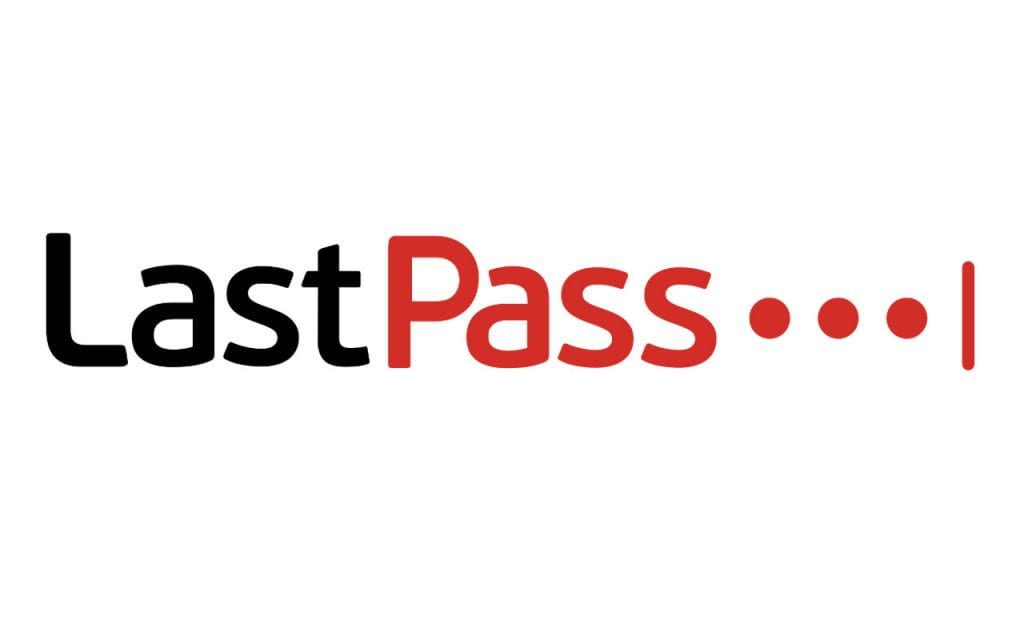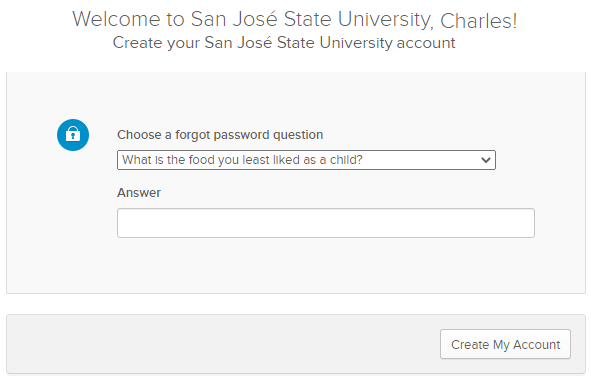Campus community,
April is a prime month on the calendar for cyber criminals as they exploit tax season, looking to phish your accounts or trick you into installing ransomware. Cyber attackers aren’t only after money, either. They’re targeting the influence and ideology of the university community. It’s more important than ever to stay vigilant and protect yourself and your privacy.
Here’s some helpful reminders that can keep you safe online:
- Look out for mobile phone-based spearphishing attacks like smishing and vishing. Attackers impersonate people you know, like your boss or an old friend, and ask for a quick callback or text. Sometimes even a simple reply or clicked link is enough for attackers to gain access.
- Know how to spot and report common phishing attempts. An SJSU employee will never ask you for your login information or your password, regardless how legitimate the email, phone texts, or chat messages may appear.
- The best way to protect yourself and your data from ransomware is to have reliable, cloud backups.
SJSU IT offers resources to secure your home devices:
- Download Sophos Home Premium, provided at no cost to our SJSU community, which includes Ransomware protection.
- Training videos are an excellent way to stay sharp. LinkedIn Learning features up-to-date courses, such as this course on The Cybersecurity Threat Landscape with tips on protecting yourself from Ransomware. If you’re a faculty or staff member, you have training videos delivered to your @sjsu.edu inbox monthly.
- Using a password manager ensures you have ultra secure, unique passwords for every account you have. SJSU Students, Faculty, and Staff can sign up for LastPass Premium at no cost.
Our SJSU IT Cybersecurity & Safe Computing website has many more helpful tips. If you know or suspect you’ve been the victim of a cyber attack, don’t hesitate – report it quickly to our IT Information Security team by email at security@sjsu.edu or by phone at 408-924-1705 so we can help.
Thank you,
Bob Lim






